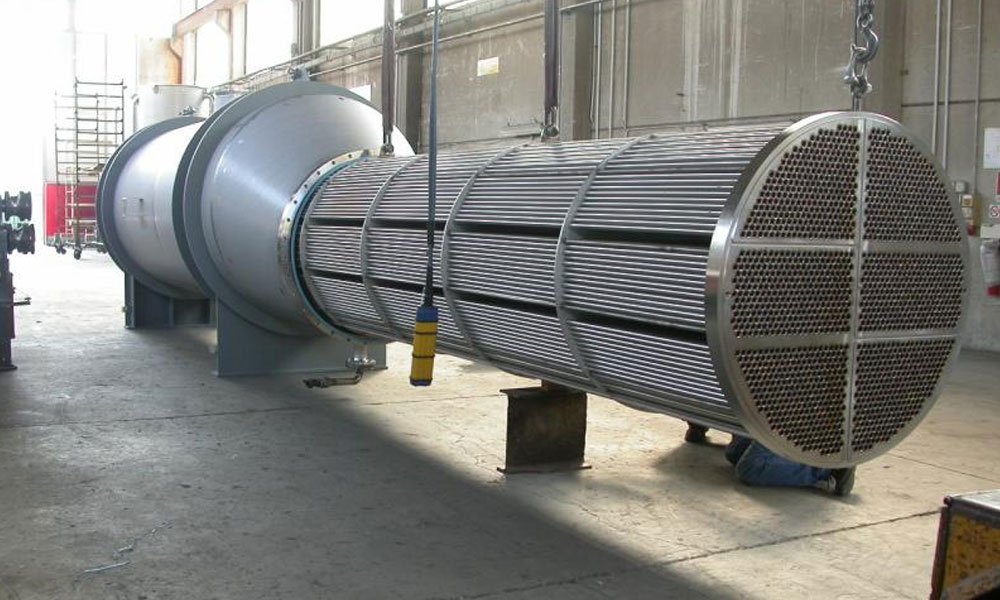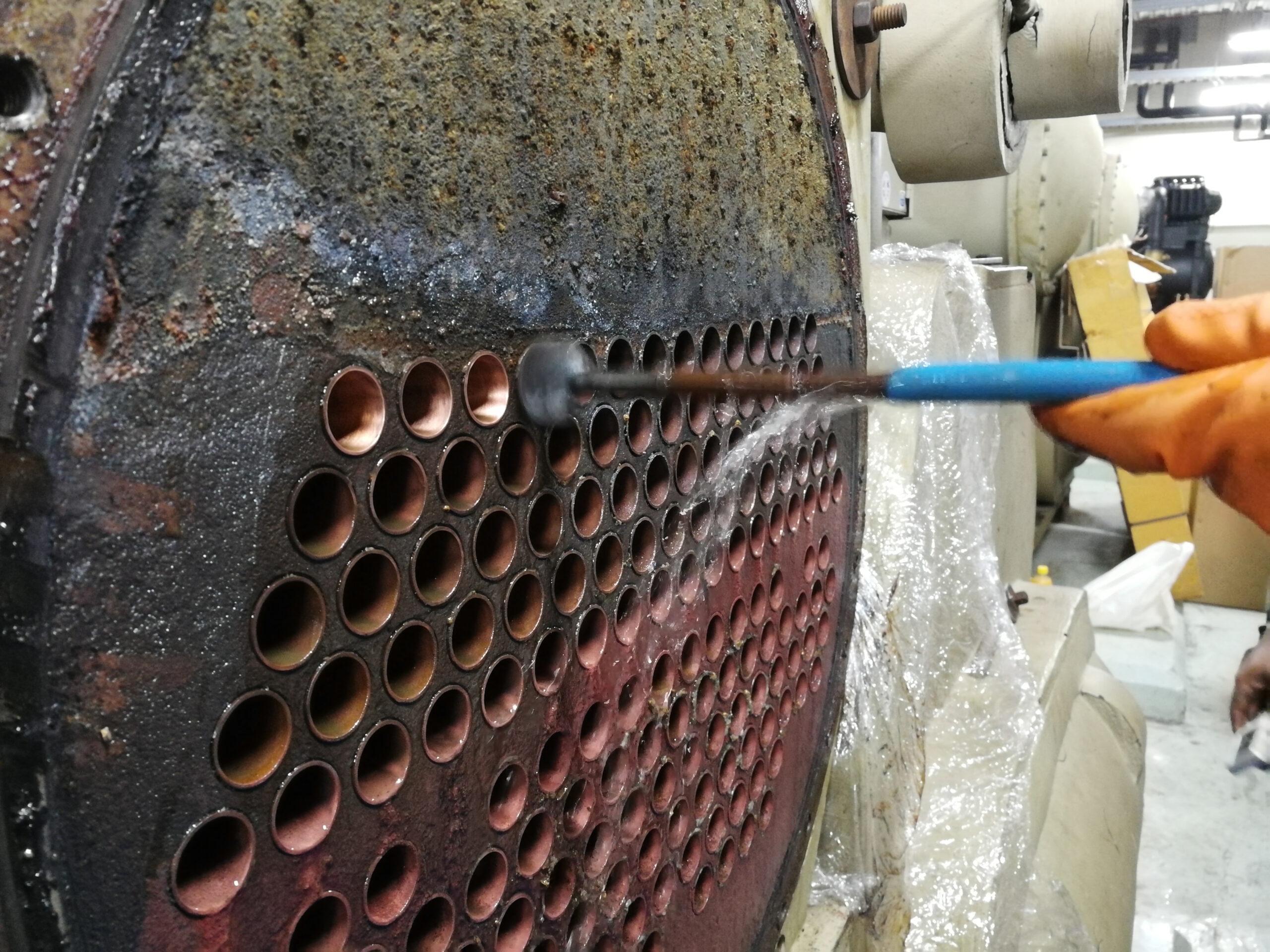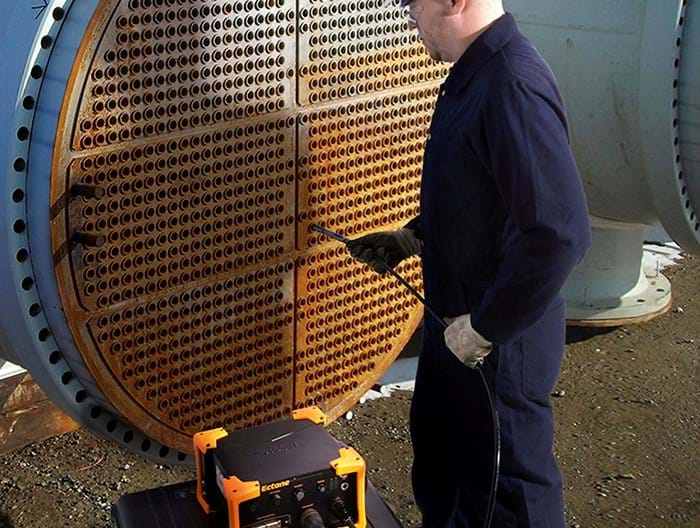Heat exchangers enable the transfer of energy between two mediums, facilitating both cooling and heating processes. In the realm of shell and tube heat exchangers, they comprise multiple tubes within a shell. One fluid flows through the tubes (tube side), while the other flows around the exterior (shell side). Baffles on the shell side enhance turbulence, prevent stagnation, and optimize heat transfer.
Maintenance methods vary based on the system’s fluid. For instance, water in the system demands distinct maintenance depending on its mineral content.
This post goes over the essential considerations for maintaining shell and tube heat exchangers.
What is Fouling and Why is it Bad?
Fouling poses a significant challenge in heat exchangers, leading to reduced efficiency as scale accumulates on tubes. Detecting fouling early is crucial and can be done by monitoring pressure drops and equipment performance declines. In hygienic processing, the most common fouling types include:
- Incrustation (fluid, mineral, or cleaning agent deposits)
- Scaling (caused by specific minerals)
- Sediment (from corrosion and microorganisms)
- Biological growth (bacteria, nematodes, protozoa)
How Tube Blockages Are Cleared
Regularly cleaning heat exchanger tubes is crucial for maintaining efficiency. Cleaning frequency depends on the fluids used. For slime or algae buildup, high-pressure water, known as hydro blasting, can be effective. For larger deposits, wire brushes or scrapers may be necessary, while rodding works for smaller heat exchangers.
Care must be taken to avoid damaging the tubes during mechanical cleaning. Stubborn deposits may require detergents or chemical cleaners, but compatibility with the tubes is essential when using chemicals.
How to Perform a Visual Check
After cleaning the tubes, conduct a visual check for leaks, cracks, or corrosion. Dye testing is a common method to identify leaks. Alternatively, pressurize the shell side to detect air escaping from tube leaks. When sacrificial anodes are used, examine them during the visual inspection. Replace an anode if more than 50% is corroded.
How to Repair a Leak
Leaks in shell and tube heat exchangers can arise from various factors, leading to fluid contamination. Here are methods to address these leaks.
Plug the Tube
Blocking a tube can prevent leaks from impacting the entire system, but it alters the overall flow rate and reduces system efficiency. While it can serve as a temporary solution, minimizing the use of plugs is advisable.
Tube Sheet Repair
If the tube’s seal to the tube sheet becomes loose, initially, attempt to re-roll the tube. If this isn’t feasible due to expansion constraints, you may need to resort to beading or welding. In cases where leaks are detected on the tube sheet, welding is typically the solution for resolving the problem.
Re-Tubing
As tubes undergo aging, it may become necessary to remove the old ones and install new ones. However, this process will entail a prolonged downtime for the unit.
Ask About Shell & Tube Heat Exchanger Services in Canada Today
Need more information on shell & tube heat exchangers? Ask a heat exchanger manufacturer today and get your questions answered.
⚠ Article Disclaimer
The above article is sponsored content any opinions expressed in this article are those of the author and not necessarily reflect the views of CTN News








